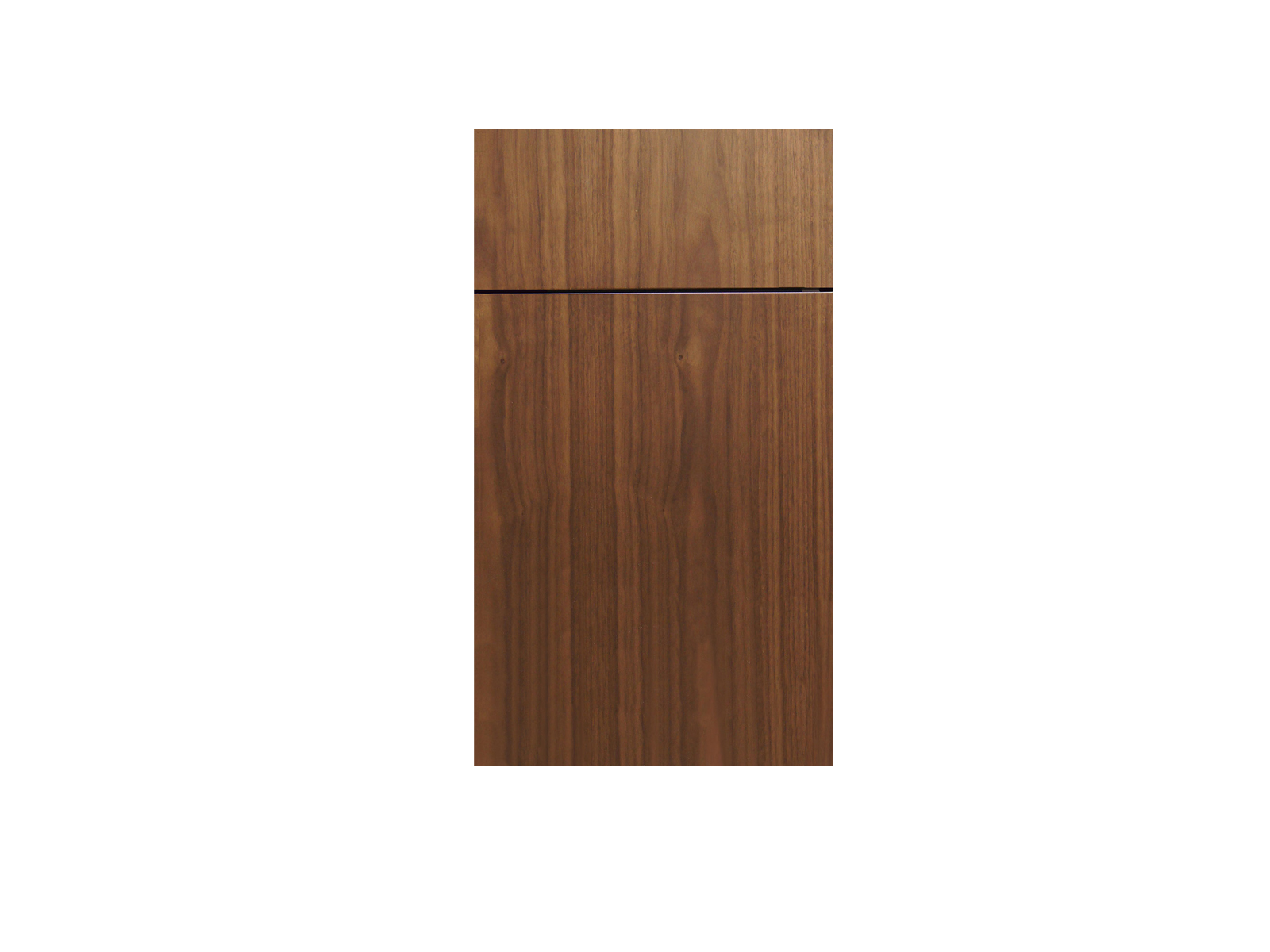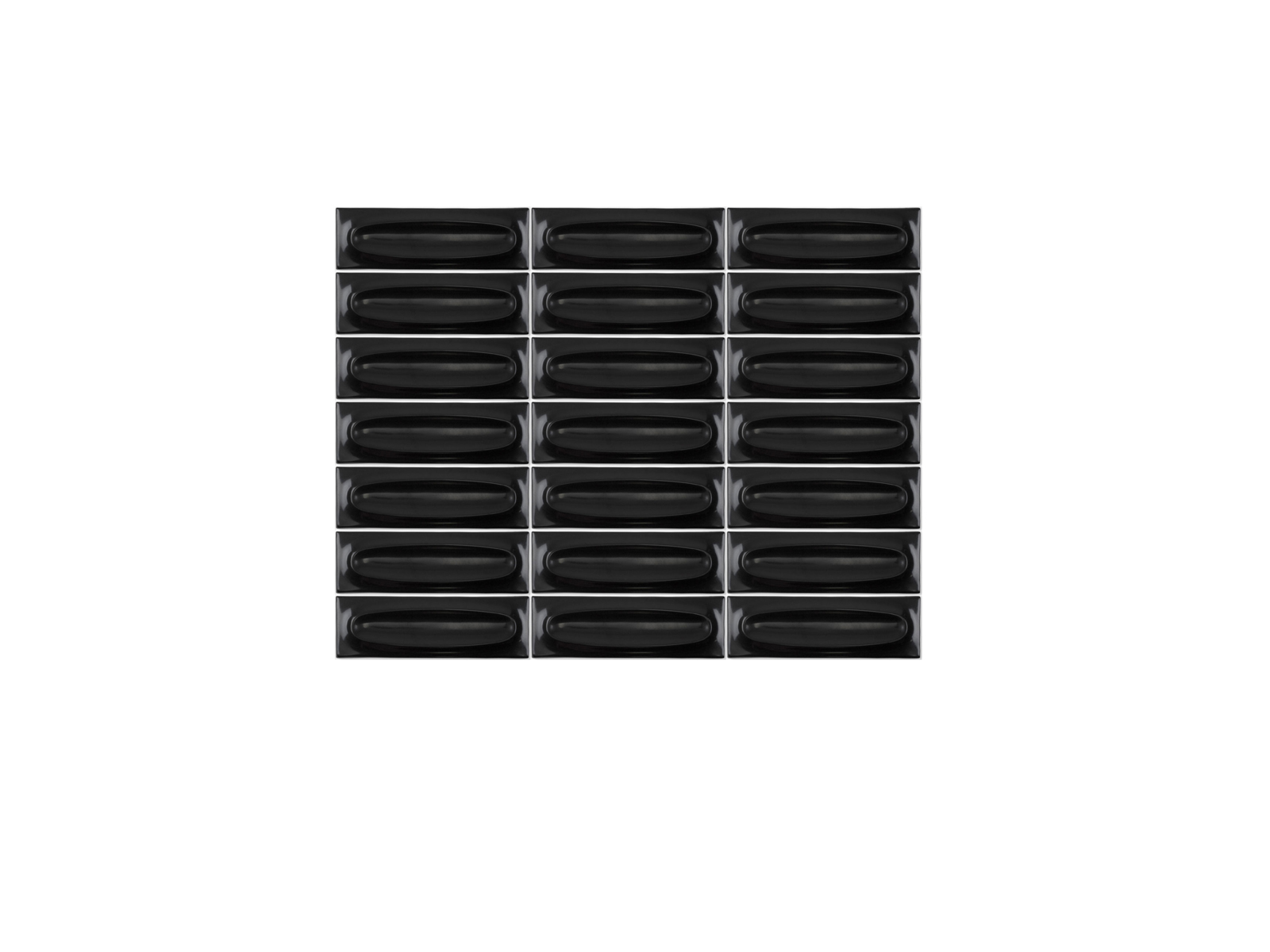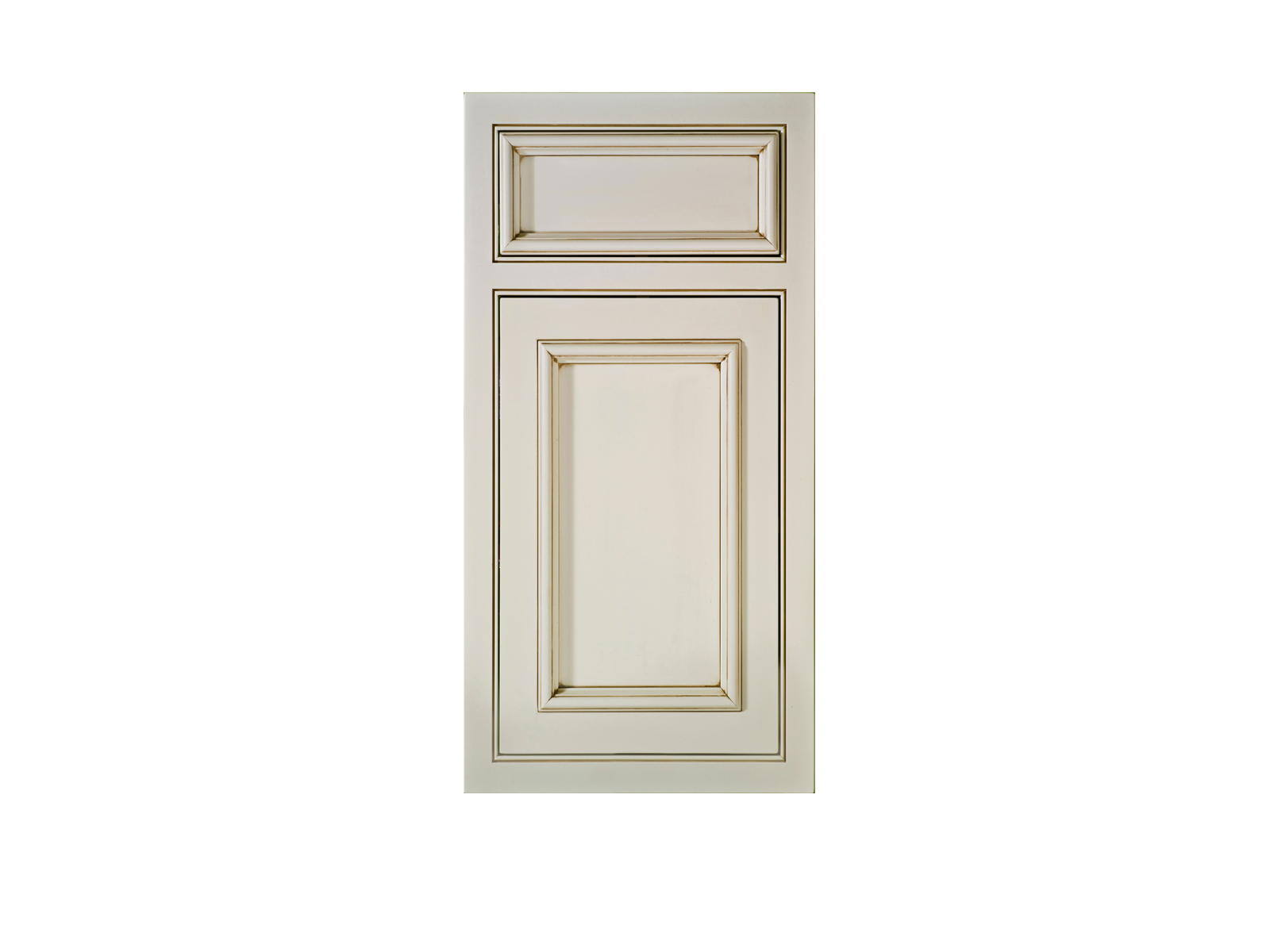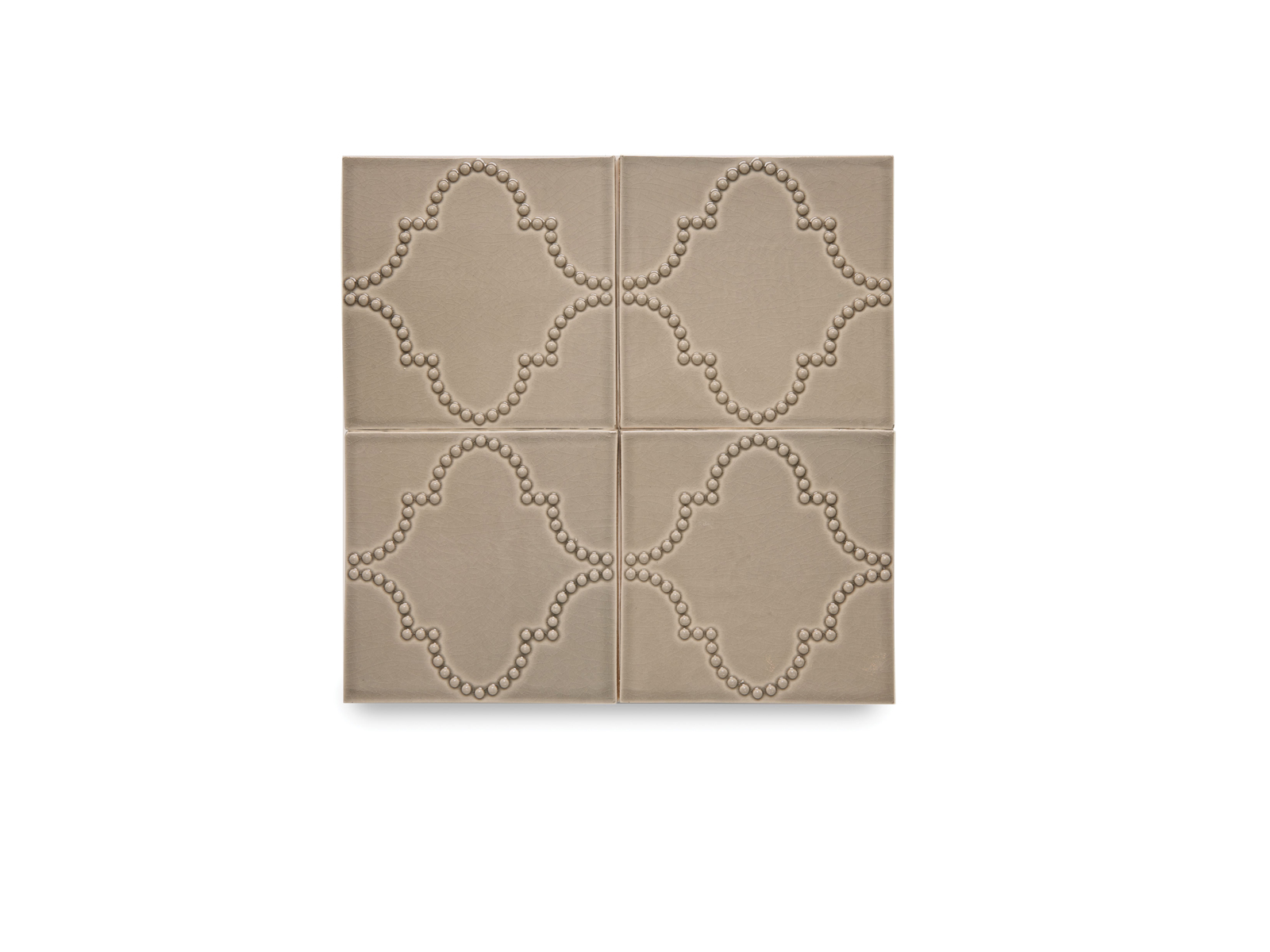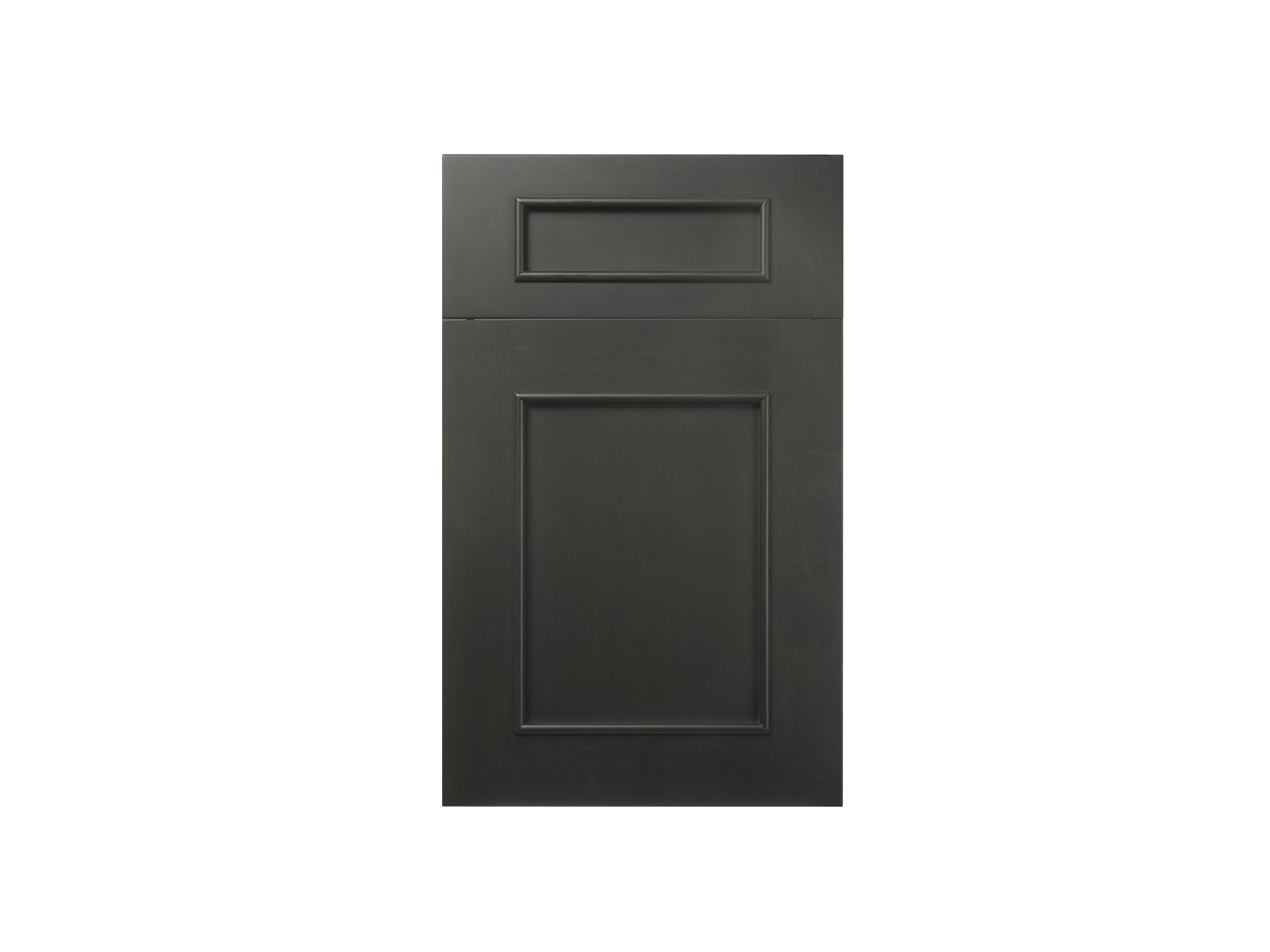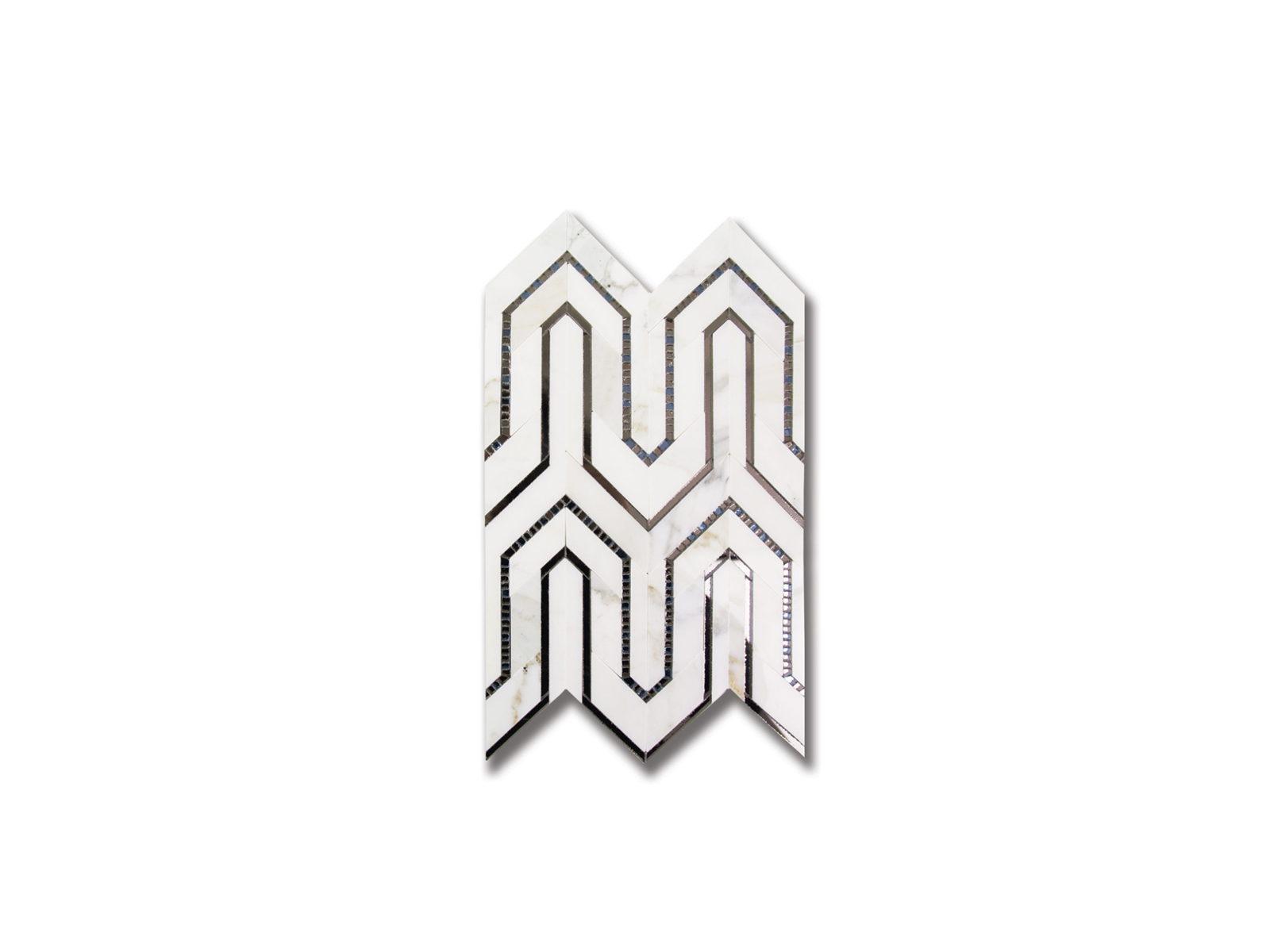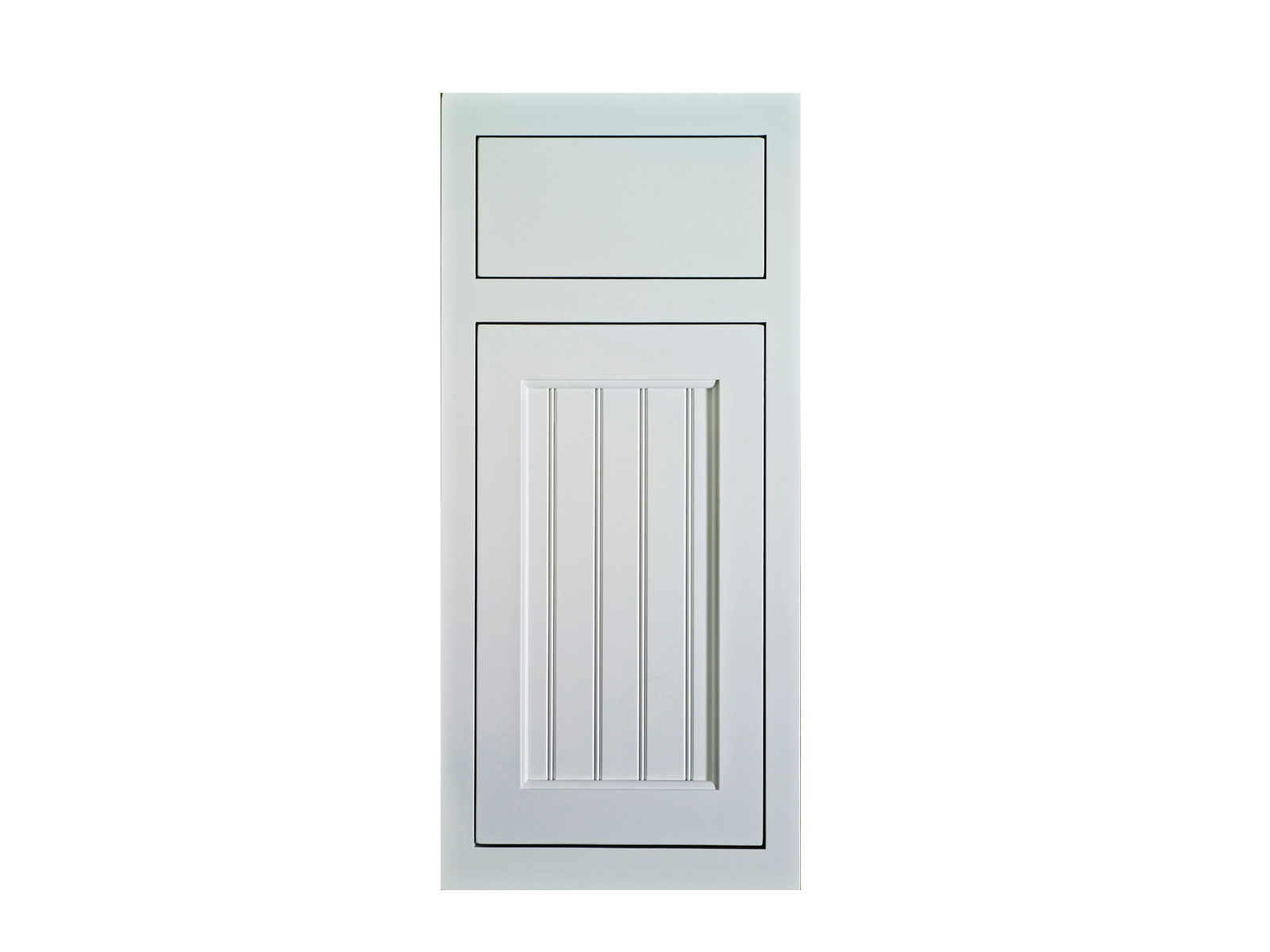The Local newsletter is your free, daily guide to life in Colorado. For locals, by locals.
About a year ago, a Denver Post story ran with the headline, “Good luck, homebuyers. Denver’s housing inventory is lowest in 32 years.” So perhaps it’s not surprising that many metro area families are choosing to renovate their existing homes to get the functionality and extra space they need—and stay in the neighborhoods they love. “Hands down, it’s been the biggest shift in the past five years,” says Devon Tobin, principal and co-founder of Duet Design Group. “Ninety percent of what we’re doing now are enormous remodels.”
The good news: If you bought into the market more than a couple of years ago, you might have the equity to make your current house your dream home. Let us show you how.
Dream Team
Unless you’re a DIY type with serious skills (no, watching a few YouTube videos doesn’t count), the first step to transforming your space is assembling a group of pros who can help you figure out what’s possible and what you can afford—and then make your vision a reality. Where to start depends on the scope of the project and your personal values, but in general, the sooner you bring in the experts, the better. Lindy Williams, principal designer and co-owner of Boulder’s Westward Foundry, explains why: “Everyone involved wants to come in as early as possible because we all have our priorities, the things we consider sacred.”
Here’s who to call—and why you need them.
Architect
Role: Draws up structurally sound blueprints for larger additions or renovations
Special Skills: Ensuring plans meet zoning and code requirements; creating thoughtful design solutions that complement the existing aesthetic of both your home and your neighborhood
Tip: Although it’s never bad to have an architect on the roster, you can save money by going straight to a designer for projects that don’t involve major structural changes.
Builder/General Contractor
Role: Executes an architect’s or designer’s plan by bidding out the various jobs—framing, dry-walling, electrical work, plumbing—to sub-contractors
Special Skills: Leveraging established relationships with sub-contractors to get jobs scheduled in Denver’s labor-short market; pulling permits; orchestrating and managing construction
Tip: Make sure your contractor is insured and bonded—contractors are not licensed at the state level in Colorado, so you’ll need to check with your city and county—and beware of scammers who ask for most or all of the money up front (materials deposits are commonly required, however).
Design/Build Firm
Role: Serves as a one-stop shop for the design and construction phases
Special Skills: Streamlining communication among architects, designers, and builders, who are all under one roof; controlling costs and schedules by doing everything in-house
Tip: Look at firms’ previous projects to find an aesthetic you like, as your customization options may be limited, and you’ll be working with the same pros who completed those designs.
Interior Design
Role: Creates designs that enhance the functionality and aesthetics of interior spaces, from layout to finishes to furnishings
Special Skills: Developing designs based on your daily routine and how you live in your house; helping you choose cohesive finishes; making sure furniture is part of the remodel plan
Tip: Interior designers, as opposed to decorators, are formally trained in spatial planning. A decorator can help with color schemes and furnishings, but you’ll want a designer if you’re looking for someone to work on the bigger picture with your architect or contractor.
Loan Officer
Role: Helps you tap into your home equity to pay for your remodel
Special Skills: Walking you through the available options—home-equity loans, home-equity lines of credit (HELOCs), construction loans, etc.—to finance a renovation
Tip: Choose a reputable lender you trust to be honest about what you can afford and how to best plan for your financial future (remember the irresponsible lending practices that factored into the 2008 housing market crash?).
Waste Not
The idea of gutting perfectly good (but perfectly hideous) cabinets can trigger guilt in environmentally conscious homeowners. Brady Burke of Burke Builders notes that it could be worse: “Doing a renovation in itself is a green thing to do. You’re not tearing everything down and sending 100 yards of debris to the landfill.” Even so, we found a few ways you can further green up your reno.
- Contractors tend to over-order materials such as tile, sometimes by as much as 15 percent, to ensure you don’t run into unexpected costs and/or delays by running out. But for most projects, an overage of 5 to 10 percent should be sufficient, according to Elizabeth Metz, principal of Elizabeth Metz Architect. Let your builder know limiting leftovers is important to you.
- Tapping responsible local makers—Jonas DiCaprio, owner of Denver design/build firm Design Platform, recommends Vogo Cabinets, Vonmod, and Avenue Two Design—for your millwork lowers the carbon footprint of your cabinetry and built-ins.
- One homeowner’s trash might be a treasure someone else is willing to pay for. Try padding your budget by selling your old fixtures and scrap wood on online marketplaces such as Craigslist.
- You can donate gently used countertops, cabinets, appliances, framing lumber, and the like to nonprofits such as Habitat for Humanity’s ReStores—and even shop there yourself.
- Organizations like the ReUse People of America will fully deconstruct your space, salvaging around 85 percent of the materials—which they then sell or donate (with applicable tax deductions for you!)—and making sure the rest is recycled if possible.
Anatomy of a Pop-Top
Done right, a second-story addition—or a “pop-top,” as it’s frequently called—can be one of the most cost-effective ways to expand your single-level home while preserving your yard. Done wrong, well…. “We’ve seen a lot of bad pop-tops, haven’t we?” says Dale Hubbard, principal at Surround Architecture. Before you choose this route, confirm that your home can handle the structural stress of another floor dropped on top. Check too whether your plans will be subject to extensive design review and approval processes, as is the case in some historic districts. (It’s good to know ahead of time.) We asked Annie Levinsky of Historic Denver, a nonprofit that works to protect and promote Denver’s architectural heritage, to identify five key elements of a successful second-story addition. Here, tips for making one of the most common and contentious home-expansion strategies in Denver actually look good.
- Don’t let the addition overwhelm the original house. You can do this by setting it back from the front facade and keeping it proportional to the existing house, rather than simply doubling your home’s size.
- Carefully consider your roof form. Try to maintain or repeat the original shape and style, especially if other homes on your block have similar roof forms, because rhythm and relationship enhance the quality and character of neighborhoods. You can often maintain your roof form and still gain square footage by adding dormers.
- Use materials that are similar in quality, color, and consistency to your existing home. They don’t have to look historical, but they should be complementary.
- Be sensitive to the impact your expansion will have on your neighbors, whether it’s respecting their access to sunlight or avoiding the sensation that you are now looking down into their yards or windows
- Don’t try to change the architectural style of your home. Instead, use it as your biggest design influence. Nothing looks better than authenticity.

A Recipe For Reno Success
Location is the one thing you can’t change in a remodel. That’s why the family of five that lives in this recently renovated 1987 Craftsman happily overlooked its dated interiors when they bought the home—set on an acre lot near downtown Boulder—in 2010. But, as Factor Design Build co-founder and CEO Josh Fiester says, “they finally got fed up with not being able to access their backyard and entertain.” The renovation, which was done by Factor (the design was a collaboration with Boulder’s Studio 119), focused on modernizing and expanding the kitchen; the results are broadly appealing and highly personalized. Fiester gave us a rundown of the design elements that make the space a case study for an ideal renovation.
- Some of the smartest design moves are invisible: The microwave is tucked into a drawer in the island; outlets are located on the bottoms of the upper cabinets so they don’t break up the dark gray Capriccio tile from Ann Sacks.

- To achieve a clean-lined look, the team skipped the window trim, option instead to tile right up to the opening.
- Frosted glass breaks up what would have been a long, heavy wall of tile or cabinets; its translucence means messy stacks of dishes and plastic cups can still be hidden from sight.
- A Carrara-marble-backed “drop zone”—designed to corral keys, mail, and homework—is adjacent to a newly widened doorway that facilitates that coveted indoor-outdoor connection. USB ports in the top drawer await drained devices at the end of the day.
- Black-painted wood paneling on the back side of the island is durable enough to stand up to inevitable kicks from little feet.
- “I think it’s an old thought process that all the metal has to match,” Fiester says of this home’s fixtures. A chrome faucet plays well with brass hardware on the island, black pulls on the perimeter cabinets, and statement-making antique bronze Benson pendant lights from Restoration Hardware.
Perfect Pairings
So often the heart of the home, the kitchen is a prime place to start when updating your living space. One of these surefire combos is sure to inspire you, no matter your aesthetic. Styling by Kerri Cole
Mid-Mod
Cabinet: Ovation Cabinetry’s Como in Walnut
Hardware: Forge Hardware Studio’s Mid-Century Cabinet Pull in Brass
Tile: Heath Ceramics’ Dimensional Oval in Gunmetal G4.2
Traditional
Cabinet: Graber’s Bloomfield in Parchment
Hardware: Rejuvenation’s Octagon Glass Cabinet Knob in Burnished Antique
Tile: Waterworks’ Architectonics Handmade Boss Decorative Field Tile Tangier Petite in Solid
Glam
Cabinet: Wood-Mode’s Soho Recessed in Matte Eclipse on Maple
Hardware: Anthropologie’s Prismatic Gem Knob in Bronze
Tile: Akdo’s Allure Rug Mosaic in Calacatta with Bronze and Pewter Mirror
Farmhouse
Cabinet: Graber’s Venice in Estate White
Hardware: Restoration Hardware’s Gilmore Pull in Oil-Rubbed Bronze
Tile: Ann Sacks’ Eastern Promise Field Tile in Mamounia
Contemporary
Cabinet: Wood-Mode’s Vista MDF in Urban Revival
Hardware: Stone Harbor’s Contemporary Square Cabinet Pull in Polished Chrome
Tile: Ann Sacks’ Beau Monde Mosaics in Leonardo
For (Re)sale
Kathy Nelson, an associate broker at Coldwell Banker who runs the Nelson Team with her son, Zac, has been helping people buy and sell homes in the Denver area for 25 years. She’s seen the good, the bad, and the ugly when it comes to how renovations affect resale value—and shares her lessons learned here.
5280 Home: Which renovations yield the most return on investment?
Kathy Nelson: Without a doubt, it’s the kitchen; the return on value is about 90 percent. The open-floorplan concept has been desirable for at least the last decade: The heart of the home is the kitchen, which is connected with the dining space and the living space. Bathrooms follow closely behind, at about an 80 percent return on value.
And which remodeling choices tend to turn off would-be buyers?
A lack of quality. We see this a lot, and not just in fix-and-flips, but [in homes where] people have done their own remodeling. They start out with what they feel is a lofty budget of $25,000, only to find out that doesn’t go very far, and they start to cut corners. If they would have spent another $5,000 and brought in a professional, it would have made all the difference.
How much thought should owners put into resale value, versus creating the house that’s perfect for them?
Both are extremely important, but I think that [resale considerations should] sometimes trump doing something unusual, like putting in red kitchen appliances. You’re going to spend the money for those appliances, but it’s not going to be appealing for the general public. Do what you want, but think about five or 10 years down the road when you’re ready to sell your home.
The Bottom Line
Expert tips for not blowing your budget.
It’s hard to imagine sticker shock that compares with Denver’s current real estate market, but the truth is that remodels aren’t exactly a steal right now either. “Construction costs in Denver are higher than I think they’ve ever been for custom projects,” says Cress Carter, owner of Old Greenwich Builders. Why? A perfect storm of changes in the construction industry has resulted in labor shortages and premium fees for goods and services: pent-up demand from the recession, commercial construction sucking manpower out of the residential market, and rising material prices owing, in part, to the rebuilding going on in hurricane-ravaged parts of the country. This means it’s even more important to pay close attention to the aspects of your budget you can control, starting with thorough planning and a realistic scope from the outset.
“Clients get too excited too quickly, and they just want to start,” says Devon Tobin, principal and co-founder of Duet Design Group. By hiring professionals to draw up full schematics before anyone starts swinging a sledgehammer—plan on the design phase taking at least as long as construction—you can make sure you don’t knock off more drywall than you can replace. Here are four more ways to keep your bank account from getting demo’ed along with your house.
1. Be Decisive.
Familiarize yourself with two bits of industry lingo: “allowances” and “change orders.” The former refers to the value your builder drops into your budget for something you haven’t picked out: If you haven’t selected a backsplash material, she’ll plug in an allowance—using, perhaps, a subway tile from Home Depot. If you choose Carrara marble a month later, you’ll find yourself over the cost projection. “The more detailed the information before construction starts, the more accurate the budget forecasting will be,” says Rusty Conway, partner at Cadre General Contractors. A change order is what it sounds like: You change your mind about something in the design, which can also bump up the cost of the project.
2. Prepare For The Worst.
It turns out those budget-busting cliffhangers on home-improvement TV shows—discovery of
asbestos, wiring that doesn’t meet code—might be the most realistic part of the narratives. That’s why Brady Burke, owner of Burke Builders, suggests setting aside an emergency fund of five to 10 percent of your total budget. If you get lucky and don’t have to use it on unforeseen expenses, you can put it toward upgrading your light fixtures or countertops.
3. Anticipate Ancillary Costs.
It’s important to plan for the disruptions (and related expenses) that come with any major renovation: dining out at restaurants while your kitchen is out of commission; new sod to replace the grass that got destroyed by construction traffic; a few months’ rent in an apartment. Our pros agree that this last expense is worth the cost: In addition to being less stressful for the family, it speeds up the timeline. “Contractors move more quickly when they’re not moving around you,” Tobin says. “They don’t have to close off areas for safety reasons; if they want to work on a Saturday or Sunday, they can.”
4. Don’t Forget The Furniture.
“The reason we like a lot of the pictures [we see] on Pinterest is the furnishings,” says interior designer Lindy Williams. She’s seen the disappointment on clients’ faces when they’ve brought a 15-year-old sofa into their newly refreshed space. Interior designer Beth Armijo of Armijo Design Group notes that it’s not just about the look: “If you’re doing the kitchen, invest in your barstools. Make sure they’re comfy so you’re not annoyed when you’re sitting in your beautiful kitchen.”
Balancing Act
Although you might start a reno project with visions of chef-grade appliances and NanaWalls dancing in your head, for most of us, reality eventually intervenes. Where to splurge and where to save is a highly personal decision, based on what matters most to you and your family, but consider these bits of wisdom when it comes time to make those tough choices.
Save Money By… Choosing a moderately priced tile; you can get beautiful, classic designs pretty inexpensively.
But Don’t Skimp On… The labor to install the pattern.
Because… “If you pay a good tile-setter to set it perfectly, it’ll look like a million dollars even though it didn’t cost anything near that.” —Cress Carter, owner of Old Greenwich Builder.
Save Money By… Forgoing those tempting but pricey lift-and-slide glass doors.
But Don’t Skimp On… Adding natural light to your interiors via high-quality, traditional floor-to-ceiling windows or doors.
Because… “The lift-and-slide doors are really cool, but they’re also crazy expensive. You probably won’t open the door that much, and you can achieve a similar look at a quarter of the cost.” —Cherie Goff, partner at HMH Architecture & Design.”
Save Money By… Buying less expensive (but still good-looking) light fixtures.
But Don’t Skimp On… Faucets, countertops, and other items you get up close to every day.
Because… “You should spend money on things you touch. You can feel whether they’re good quality—or not.” —Sarah Sexton, partner at Sexton Lawton Architecture.
Save Money By…. Cutting the fancy backsplash from your do-it-now budget, as it can easily be added later on.
But Don’t Skimp On… Core and shell issues such as heating and cooling.
Because… “At the end of the day, I want my clients to be comfortable in their homes. If there’s a constant draft falling off the north walls because you chose to go the cheap route on insulation, I feel we haven’t delivered a good product.” —Rusty Conway, partner at Cadre General Contractors.
The Hot List
Forget nickel fixtures and granite countertops, stop painting everything gray, and say goodbye to the all-white kitchen. Here’s what Denver’s remodeling pros say is trending right now.
- Heated bathroom floors (now that technology has improved and prices have come down)
- Motorized window shades throughout the home
- Single keypads, as opposed to giant banks of switches, that control lights, fireplaces, and more
- Walk-in pantries or butler areas, where appliances like juicers and coffeemakers can stay plugged in but out of sight
- Eliminating upper kitchen cabinets and adding more organization features to lower storage spaces
- TVs that don’t look like TVs (such as the Frame by Samsung)
- Krion—a new milky, warm-to-the-touch surface from Porcelanosa—vanities, tubs, and sinks
- Matching countertops and backsplashes for a monolithic, seamless look
- Waterfall edge countertops on islands
- Matte black kitchen and bath fixtures
- Large-scale wallpaper prints—everywhere!
Expert Advice
The panel of pros we turned to for this story.
Architects: Cherie Goff, HMH Architecture & Design; Dale Hubbard, Surround Architecture; Elizabeth Metz, Elizabeth Metz Architect; Sarah Sexton, Sexton Lawton Architecture
Builders/General Contractors: Brady Burke, Burke Builders; Cress Carter, Old Greenwich Builders; Rusty Conway, Cadre General Contractors
Design/Build Firms: Bryan Bozeman, Stone Cloud Design Build; Jonas DiCaprio, Design Platform; Josh Fiester, Factor Design Build
Interior Designers: Beth Armijo, Armijo Design Group; Devon Tobin, Duet Design Group; Lindy Williams, Westward Foundry





